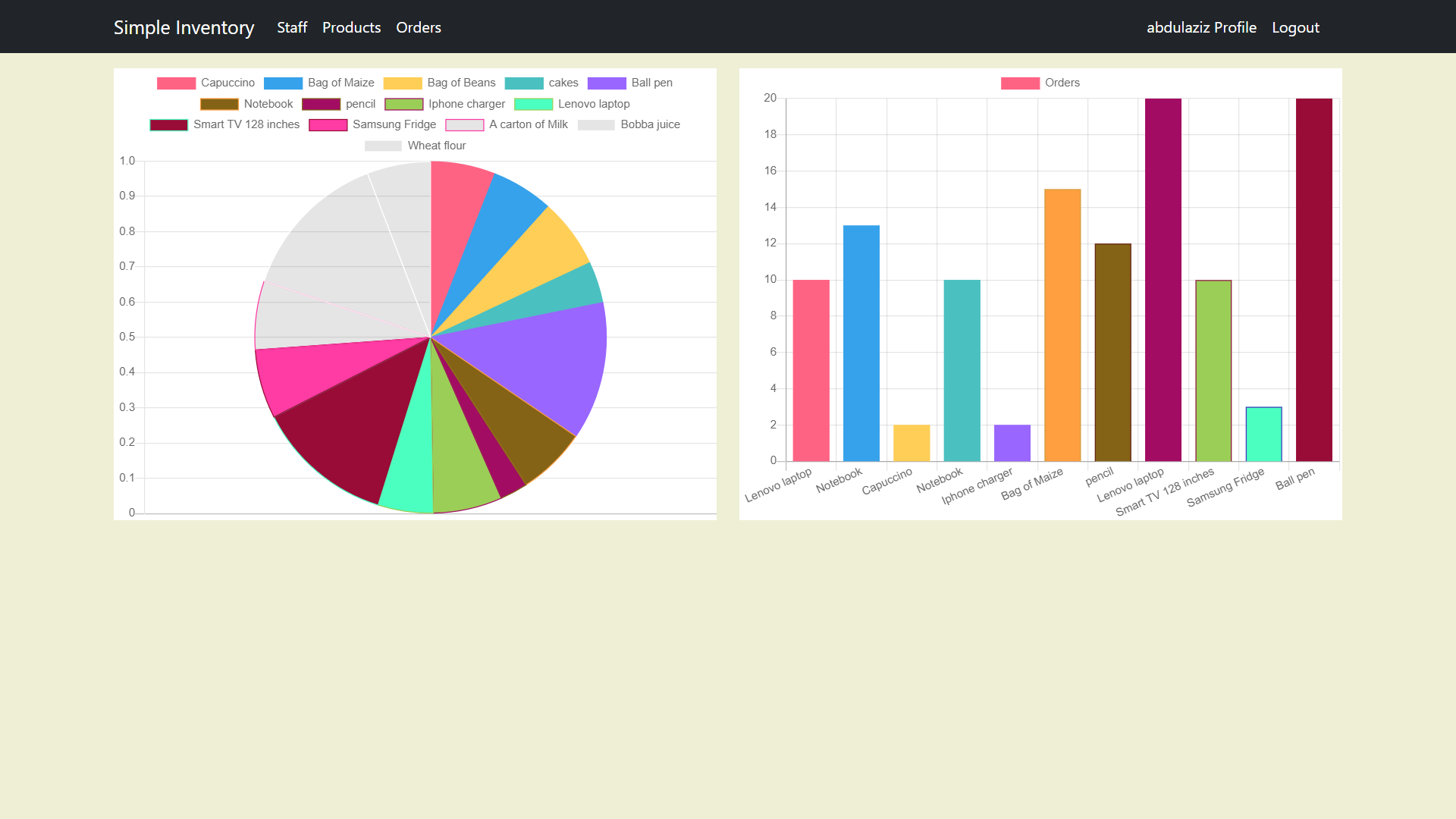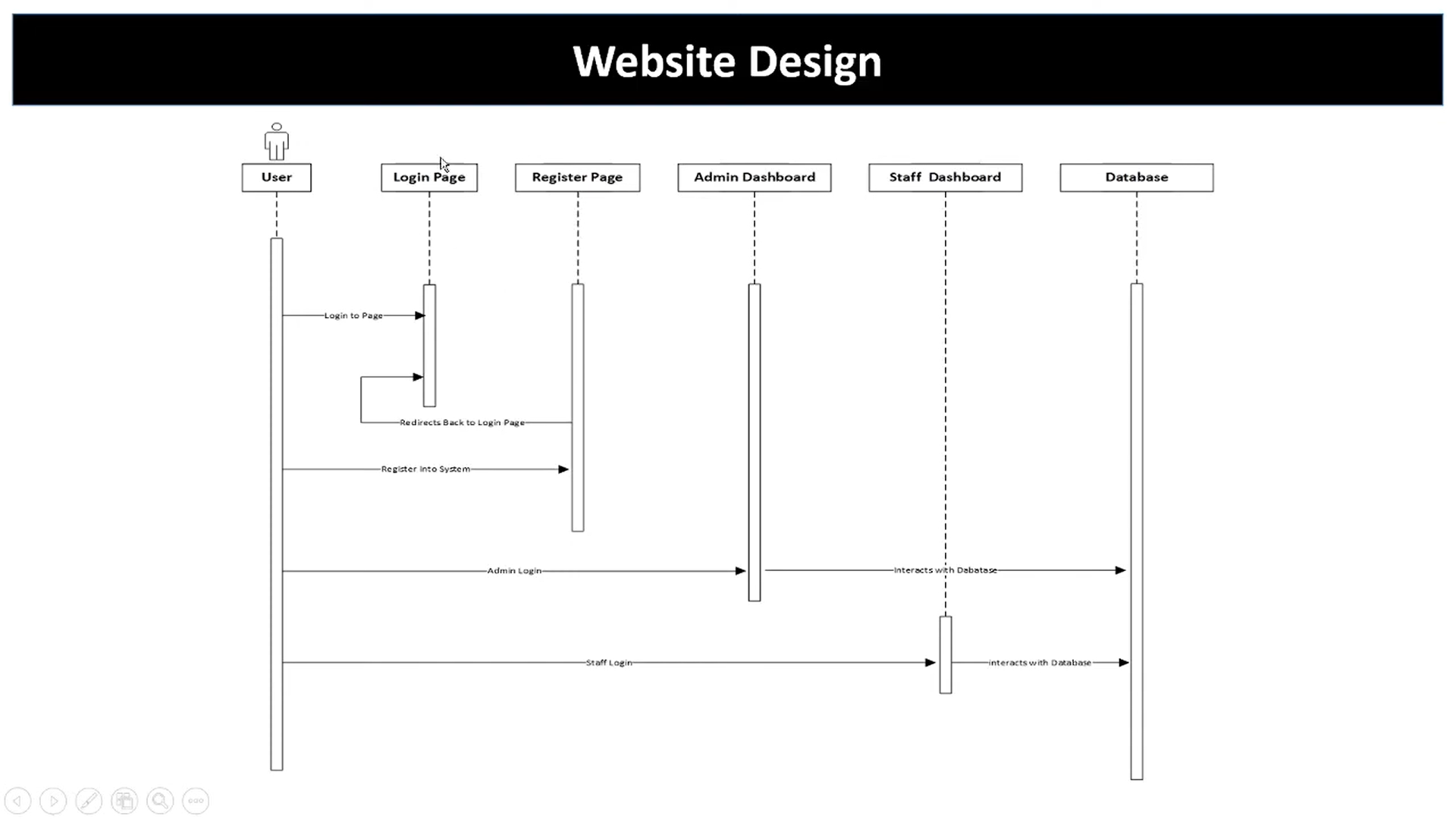Crafting a Django Inventory Management Web App.
 Abdulaziz Hussein
Abdulaziz HusseinTable of contents
- Introduction:
- Accomplishments and Technologies:
- Technical Take-aways:
- Summarizing Accomplishments:
- Architecture Diagram:
- Technologies Used:
- Features Completed:
- Inventory Details:
- Future Features:
- Challenges:
- Learnings and Takeaways:
- What I Might Do Differently:
- What I Learned About Myself as an Engineer:
- Future Engineering Path:
- Confirming or Questioning Beliefs:
- About Me:

Introduction:
In the world of code, I embarked on a solitary journey to create a robust Django Inventory Management Web App. Hailing from Africa with a background in procurement and supply chain, my vision was to streamline the upstream and downstream flow of goods and services. This project also aimed to uplift Small & Medium-sized Enterprises, bringing efficiency to their operations and bridging gaps in the procurement and supply chain sector.
Accomplishments and Technologies:
Being a solo endeavor, my main focus was on perfecting the intricate dance of authentication and authorization in Django. The app adheres to Django conventions, utilizing its powerful features such as URL routing, authentication, administration, and static file handling.
Technical Take-aways:
Diving deep into Django conventions provided invaluable insights. From URL patterns and authentication to static files and admin interfaces, Django's conventions proved to be powerful tools in building scalable and maintainable applications. The clarity and simplicity of Django's conventions significantly contributed to the success of the project.
Summarizing Accomplishments:
Architecture Diagram:

Technologies Used:
For the frontend, I chose to use HTML 5, Bootstrap 5, and chartjs without additional frameworks. On the backend, Python with Django offered a robust and efficient framework for building the inventory management app.
Features Completed:
Inventory Details:
Developed a comprehensive inventory details feature, providing users with a detailed view of their current stock.
Future Features:
- Forecasting on Inventory:
Implemented a forecasting system to predict inventory needs based on historical data and demand patterns.
- Inventory Details:
Developed a comprehensive inventory details feature, providing users with a detailed view of their current stock.
- Alerts Regarding Inventory Details:
Planned implementation of alerts to notify users about critical changes or updates in inventory details.
- 3rd Party Software Integrations:
Future inclusion of integrations with third-party software to enhance the overall functionality and connectivity of the inventory management app.
- Order Tracking:
Envisioned the addition of an order tracking feature to streamline the monitoring and management of orders within the application.
- Quality Assurance:
Planned integration of quality assurance measures to ensure the accuracy and reliability of inventory data.
- Stock Levels:
Future feature to provide insights into stock levels, helping users make informed decisions regarding restocking or inventory adjustments.
Challenges:
The most intricate dance I encountered was handling images for user profiles and styling Django forms. The Situation involved the need for a seamless user experience with profile images and stylish forms. The Task was to overcome the hurdles of integrating and styling Django forms, which led to the Action of exploring Django conventions and leveraging Django's powerful features. The Result was an aesthetically pleasing interface and a seamless image-handling process.
Learnings and Takeaways:
What I Might Do Differently:
In the future, I plan extend the app's functionality by integrating it with other resources using Django Rest Framework. This expansion would enhance the app's capabilities, offering a broader spectrum of features for users.
What I Learned About Myself as an Engineer:
This solo project taught me the importance of grit and being open to continuous learning. Overcoming challenges in image handling and form styling fueled my passion for solving problems, reinforcing my commitment to the field.
Future Engineering Path:
This project solidified my path toward becoming a Python full-stack developer. The seamless integration of Django features and the project's success fuel my ambition to delve deeper into the expansive world of full-stack development.
Confirming or Questioning Beliefs:
This journey confirmed my belief in Django's standing-out feature—the clean and pragmatic design of its conventions. Comparing this to other frameworks, I found Django's convention-over-configuration approach to be more reliable and conducive to building robust applications.
About Me:
I am Abdulaziz Hussein, a tenacious engineer with a flair for Django development. Follow my coding journey on GitHub at https://github.com/abdul-09, and connect with me on LinkedIn at https://www.linkedin.com/in/abdulaziz-hussein-62192b253. to explore more about my endeavors. As the curtain falls on this solitary symphony, the Django Inventory Management Web App stands tall—a testament to determination, Django conventions, and the boundless possibilities of solo coding adventures. Here's to more symphonies in the vast landscape of code.
Subscribe to my newsletter
Read articles from Abdulaziz Hussein directly inside your inbox. Subscribe to the newsletter, and don't miss out.
Written by
